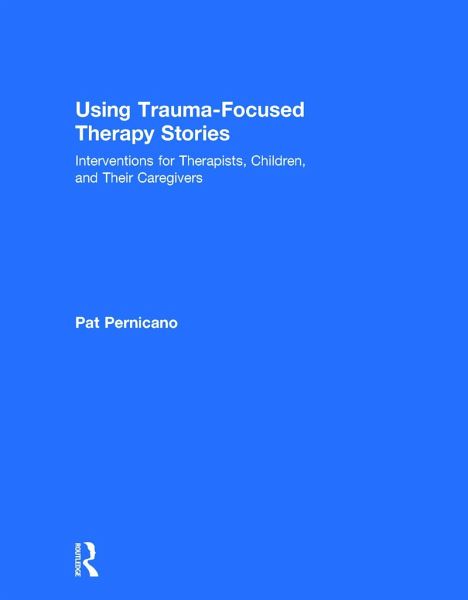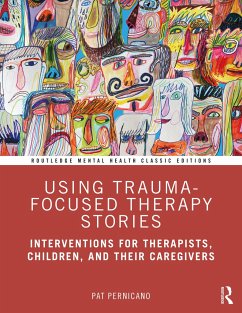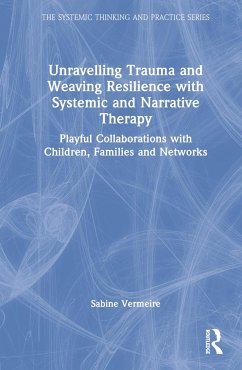
Using Trauma-Focused Therapy Stories
Interventions for Therapists, Children, and Their Caregivers
Versandkostenfrei!
Versandfertig in 1-2 Wochen
139,99 €
inkl. MwSt.
Weitere Ausgaben:

PAYBACK Punkte
70 °P sammeln!
Using Trauma-Focused Therapy Stories is a groundbreaking treatment resource for trauma-informed therapists who work with abused and neglected children ages nine years and older as well as their caregivers.













